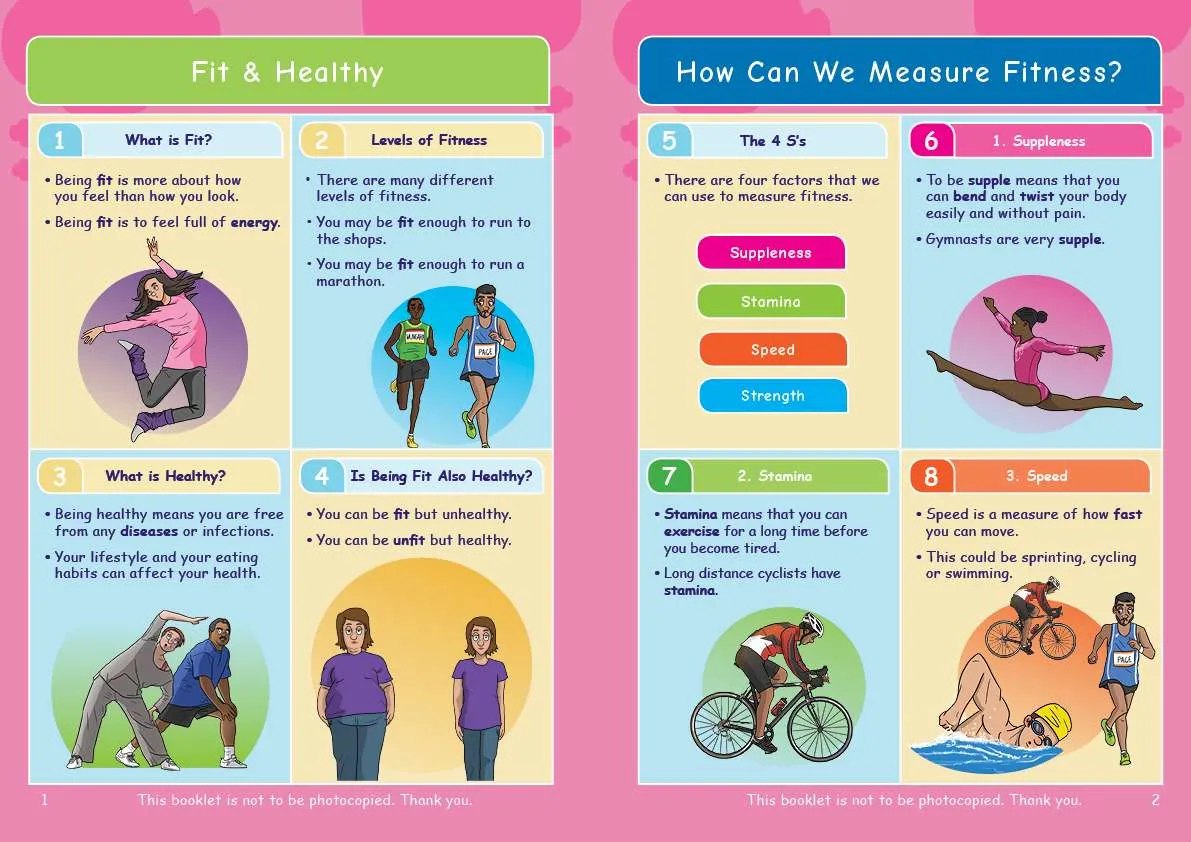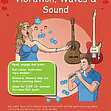CE / KS3 Science Bundle - Save 10%!
Buy our CE/KS3 bundle and save 10%!

Revolutionise the way you learn with Oaka Digital
Designed for Dyslexics, Effective for Everyone
Which type of Oaka product do I need?
How Oaka works in the classroom...
Read what other teachers are saying!
Online learning the Oaka way!
Buy our CE/KS3 bundle and save 10%!

Designed for Dyslexics, Effective for Everyone
✅ Learn or revise complicated concepts easily
✅ Information broken down into short chunks
✅ Full-colour illustrations on every page
This topic pack uses illustrations and active learning games to ensure that your child stays engaged and interested. Many science booklets can be a little dull and make children lose interest. However, this topic pack makes sure that you that your child learns the key points whilst enjoying learning the key facts for Common Entrance/KS3.
Sound and vibrations are sensed primarily by the ear. The ear is a complex sensory organ responsible for the detection of sound. It consists of three main parts: the outer ear, middle ear, and inner ear. The outer ear collects sound waves and directs them into the ear canal, where they reach the eardrum.
Sound energy itself is created by the movement of molecules and is transmitted through a medium, such as air, as sound waves. Waves cause the eardrum to vibrate, which in turn sets off a chain reaction in the middle ear. The middle ear contains three small bones, known as the ossicles, which amplify the sound vibrations and transmit them to the inner ear.
The inner ear, also known as the cochlea, is responsible for transforming the mechanical energy of the sound waves into electrical signals that are transmitted to the brain for interpretation. This process is known as sound transduction. Vibrations play a crucial role in the perception of sound. When sound waves reach the eardrum, they cause it to vibrate, transmitting the energy to the middle ear bones. These vibrations are transformed into electrical signals in the inner ear, which are then transmitted to the brain for interpretation as sound.
Loudness is generally measured using the decibel scale.
The decibel scale is a logarithmic scale used to measure the intensity of sound. It’s based on the principle that an increase of 10 decibels represents a ten-fold increase in sound intensity. The decibel scale ranges from 0 decibels (the threshold of human hearing) to approximately 140 decibels (the threshold of pain).
Frequency measures the number of cycles of a periodic wave that occur in a unit of time. It’s typically measured in Hertz (Hz), which represents one cycle per second. The frequency of a wave determines its pitch, with higher-frequency waves producing higher-pitched sounds and lower-frequency waves making lower-pitched sounds.
In sound waves, frequency is directly related to the perceived pitch of a sound. The human ear can detect sounds from approximately 20 Hz to 20,000 Hz, with different frequencies being perceived as different pitches.
Frequency

Engaging, full-colour illustrations on every page

Text broken down into bite-sized chunks on a lightly shaded background

A simple, easy-to-understand glossary of key terms
Topic Booklet
Write Your Own Notes Booklet
Active Learning Game or Map
Topic Booklet: ✅ x1
Write Your Own Notes Booklet: ✅ x1
Active Learning Game or Map: ✅ x1
BEST VALUE!
Topic Booklet: ✅ x1
Write Your Own Notes Booklet: ❌
Active Learning Game or Map: ❌
Topic Booklet: ❌
Write Your Own Notes Booklet: ✅ x1
Active Learning Game or Map: ❌
Please note, our resources are NOT to be photocopied. Thank you.
Much more fun than homework, but my child retained so much more info this way.
Full of the right information that covers the important facts that need to be learnt for KS3.
Books are fantastic.
Had a problem- Oaka investigated and sorted a refund.
Great customer service.
5 stars
My son who’s dyslexic thoroughly enjoys using the books, everything about them is very engaging, user friendly and are a great learning tool!!
I absolutely love all the Oaka Books. So straightforward, easy to follow & engaging.
Physics
Biology
